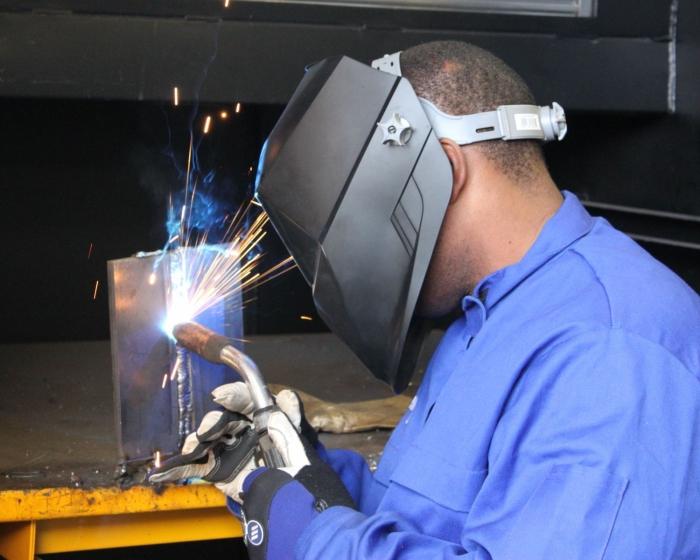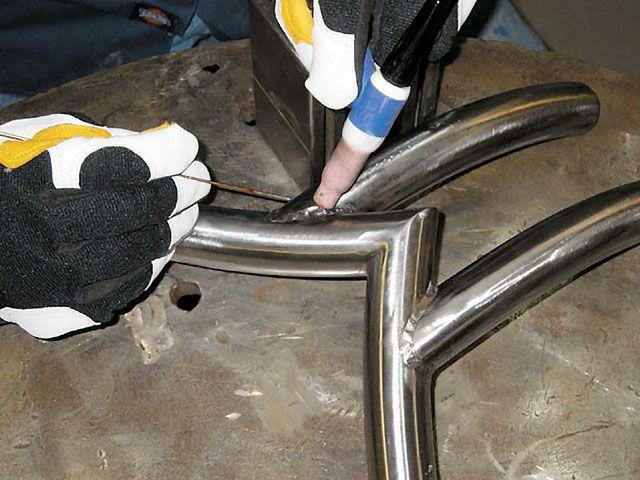Manual arc welding is called so,because all the required actions the specialist-welder performs manually. His duties include firing and maintaining the arc, moving the arc contact to the required interval, the arrival of new electrodes in place of the used ones. The quality of the welded joint directly depends on the qualification of the welder. It is necessary to quickly ignite the arc, to carefully monitor that its length is unchanged, and also to produce a uniform welding of the two parts.

Manual welding has a certain classification.For example, by the number of electrodes used, welding with one or two electrodes is distinguished, as well as a multi-electrode welding. There are three-phase and single-phase arcs, and the current can be variable or permanent.
Currently widespreadhas been welding with alternating or direct current using melting electrodes. Of course, there are many different ways to connect a part by welding. For example, with the formation of different types of joints (with flanging edges). To increase productivity, the use of a beam of electrodes is recommended, and when welding various alloys and non-ferrous metals, tungsten electrodes are used.
Manual welding has a specific technologicalprocess. When welding parts, a variety of electrodes are used, which can be melted and non-melting. The first can be made of welding wire with a special coating. Such spraying is necessary for a high degree of stability of the electric arc, providing slags and oxides on the surface of the metal, protecting the weld pool from interaction with the environment, and also for protecting the arc region from interaction with air.

Manual welding can be carried out under various environmental conditions and in various gases. For example, manual argon arc welding (in the argon medium), welding in the air, etc.
According to GOST 9466-75, electrodes are divided into several types.
1. By appointment:
- low alloy structural and carbon steels;
- alloyed steel;
- alloyed heat-resistant steels;
- high-alloy structural steels.
2. By type and brand:
- standard;
- non-standard.
3. For the thickness of the sprayed coating:
- thin;
- average;
- thick;
- especially thick.
4. By type of electrode coating:
- acid;
- rutile;
- cellulose;
- coating with iron powder.
5. According to the permissible spatial position of the electrodes:

- for any positions;
- for any, except for vertical manual welding;
- for the lower and horizontal in the vertical plane;
- for the bottom "in the boat."
6. The polarity of the welding current used:
- straight;
- back;
- any.
7. According to the type of welding current:
- constant;
- variable.
Manual welding assumes that the metal thatfused with electrodes, must have a chemical composition that meets the requirements for it. The mechanical characteristics of the welded seam and the metal deposited on it must be brought into compliance with the standards of GOST 9467-75.












